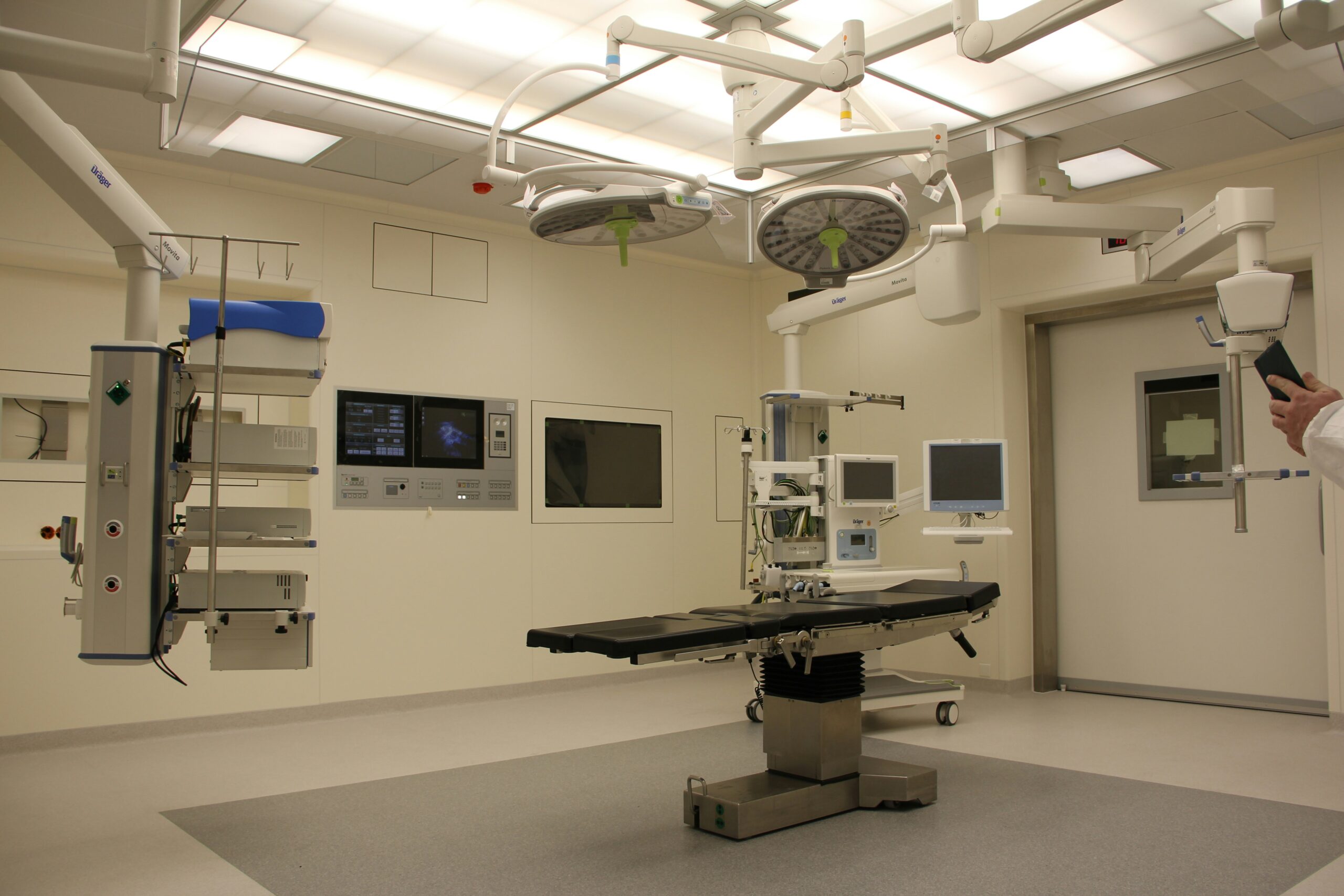Many people are self-conscious about their skin and strive to get smooth and clear skin that is aesthetically attractive. One of the most common inflammatory skin diseases is acne. The disease targets the pilosebaceous units of the skin and may cause severe skin scarring and pigmentation. Acne is a significant cause of psychological and mental stress on a patient, which is why New Age Aesthetics & Wellness, a leading aesthetic medical spa in Parker, CO, provides different acne treatment options that clear and smooth the skin.
Who is more likely to develop acne?
The majority of patients with acne are younger patients, especially those still undergoing puberty. This inflammatory skin disease is common in girls 12 years old or younger, and in boys who are 15 years or older. In many cases, acne disappears when patients reach their twenties. However, the acne might persist in others, especially in female patients.
Other factors like genetics, smoking, and stress may induce acne production or promote its severity. Some comedogenic medications, for example, corticosteroids, androgens, halogens, and pore-clogging cosmetics, lead to abnormal amounts of sebum production, which can cause acne lesions.
Pathological factors responsible for the development of acne
- Increased sebum production
Certain hormones like testosterone cause the skin to excrete excess sebum, leading to or increasing acne lesions’ appearance.
- Irregular follicular desquamation
The shedding and excretion of keratinocytes as single cells only occur in normal functioning follicles. The lack of shedding causes the accumulation of specific lipids, monofilaments, and abnormal desquamated corneocytes in the sebaceous follicles. This process is called comedogenesis.
A microscopic lesion known as microcomedone forms when the occlusion of the follicle begins to slowly fill up with more lipids and monofilaments. As the microcomedone progressively increases in size, it forms into visible non-inflammatory comedones and inflammatory acne lesions. Dilated open comedones on the skin surface are commonly known as blackheads. There is usually a lot of sebum in desquamated keratinocytes. Closed comedones are whiteheads, and they present as white bumps under the skin surface. As sebum accumulates, the whiteheads expand and may rupture into surrounding skin tissue.
- Propionibacterium acnes proliferation
For people with acne, Propionibacterium acnes and granulosum bacteria on the skin can cause follicular clogging, increasing the appearance of lesions’. Areas of the skin with a lot of sebaceous follicles offer the perfect anaerobic space. The sebaceous follicles provide an optimal environment for P. acnes because they are producing large amounts of lipid-rich sebum.
-
Inflammation of the area
When the immune system detects P. acnes, the inflammatory process begins. The inflammatory effect of P. acnes stimulates the release of chemostatic factors like lymphocytes, macrophages, and neutrophils, which may cause damage to the follicles. Bacteria, fatty acids, and lipids may also rupture and leak into the surrounding dermal tissues, causing inflammatory skin lesions filled with pus. Furthermore, neutrophils damage the follicular epithelium by generating reactive oxygen species: this promotes acne inflammation.
Learn more about acne treatment using natural and generally safer complementary and alternative medicines by booking an appointment at New Age Aesthetics & Wellness.

